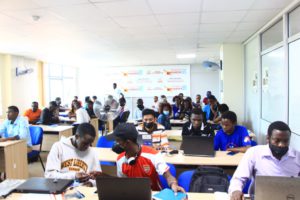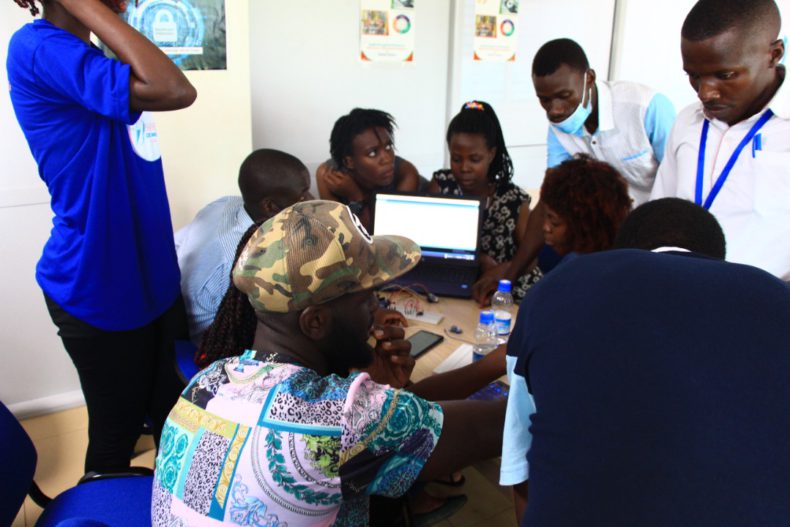Workshop-IoT (Future of Communications and Connectivity)

ISBAT University conducts a level 1 course on Internet of Things (IoT) using ARM and Arduino Boards. There has been a lot of buzz around the Internet of Things (IoT) over the last year and a half. We are hearing about all kinds of devices being connected to the Internet – anything from home appliances to entire factories. By 2024, the Internet of Things (IoT) is expected to connect 50 billion smart objects to the network. Applications and their enablement play a critical role in harnessing this connectivity growth and the data generated from these objects. Through these applications, data collected can foster breakthroughs in decision making, operational efficiencies, safety, and security and have an effect on nearly every aspect of the customer experience. This training will focus on the basics of IOT and how to get started with the IOT concept. The training will also discuss the basics of the ARM platform and how to connect different sensors, transmit and receive sensed data. The training will be conducted on the “Project and Outcome” based Methodology with hands-on labs.
The workshop content is divided along the lines of following projects and learning outcomes.
Concept of Internet of Things (IoT)
Understating IoT Technology


History of IoT
Application of IoT technology , IoT Standards , different requirements for implementation.
IoT architecture and challenges in IoT system implementation
Major components in IoT implementationHardware, sensors, Embedded Systems
Software, Application software, Connectivity, Cloud, and securityIntroduction of ARM Platform for IoT implementation
Sensors and sensor networks (Thermistors and Light intensity measurement)
Interfacing Digital Devices and sensing Digital Sensors
Sensing analog quantities
Communication over Ethernet or Internet
Ethernet interface using ARMIoT communicating with web based services
Workshop Benefits

Participants were introduced to exciting world of IOT.
Participants were trained on Embedded C, implementation of analog and digital peripherals.
The training includes hands-on labs resulting in exploration of concepts.
Participants worked in groups of 2 with each student getting an opportunity to work hands-on.



